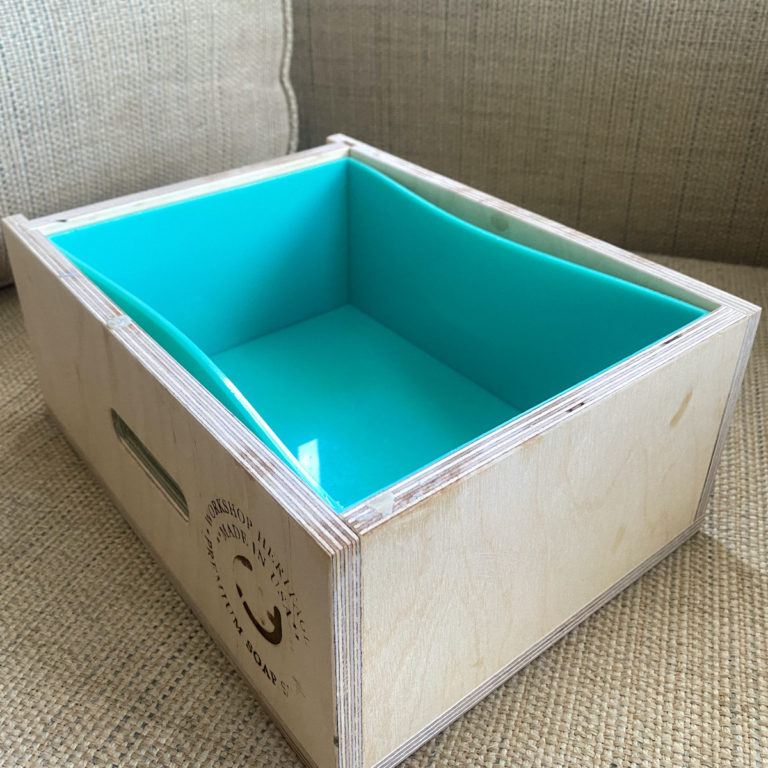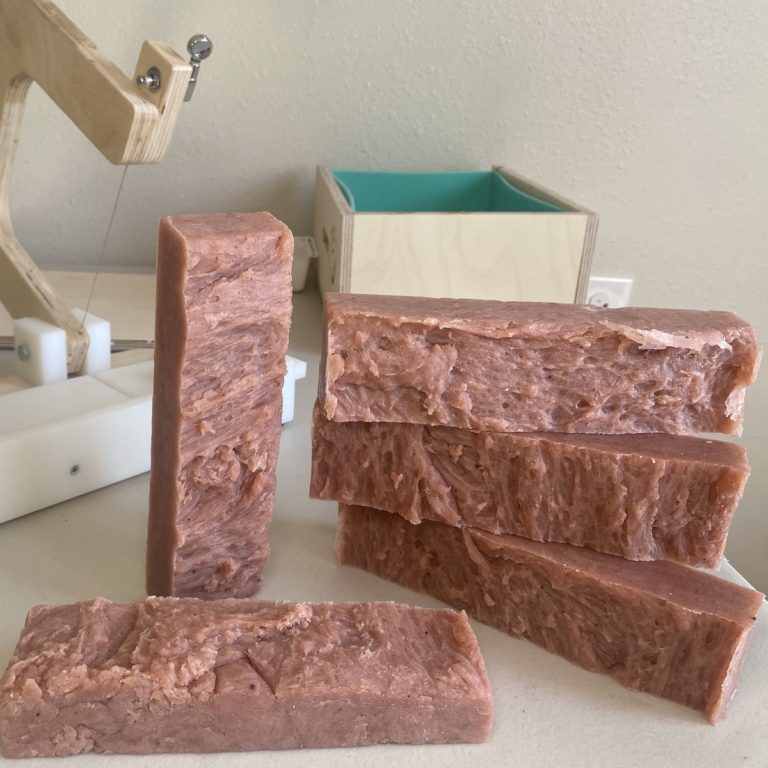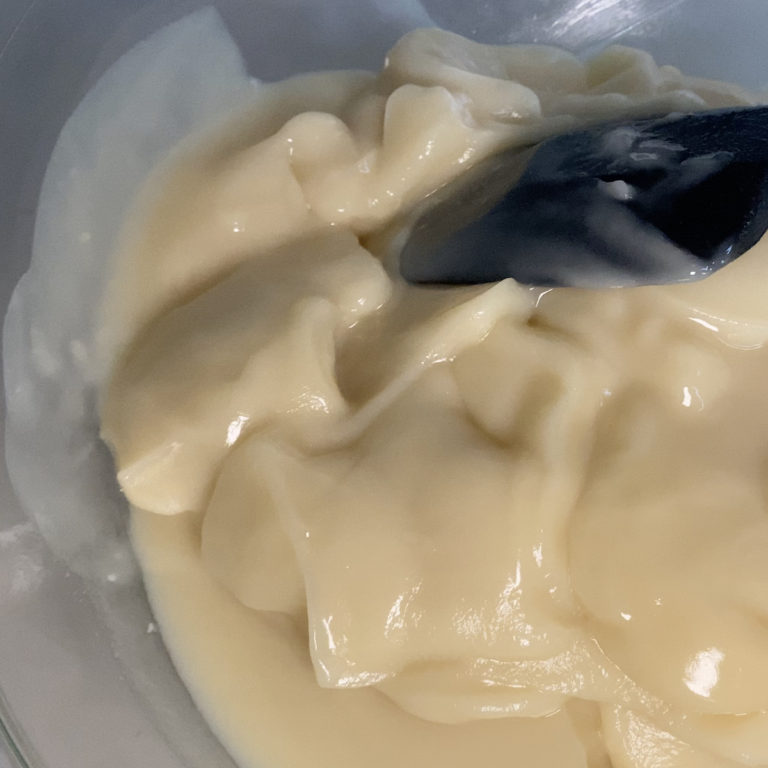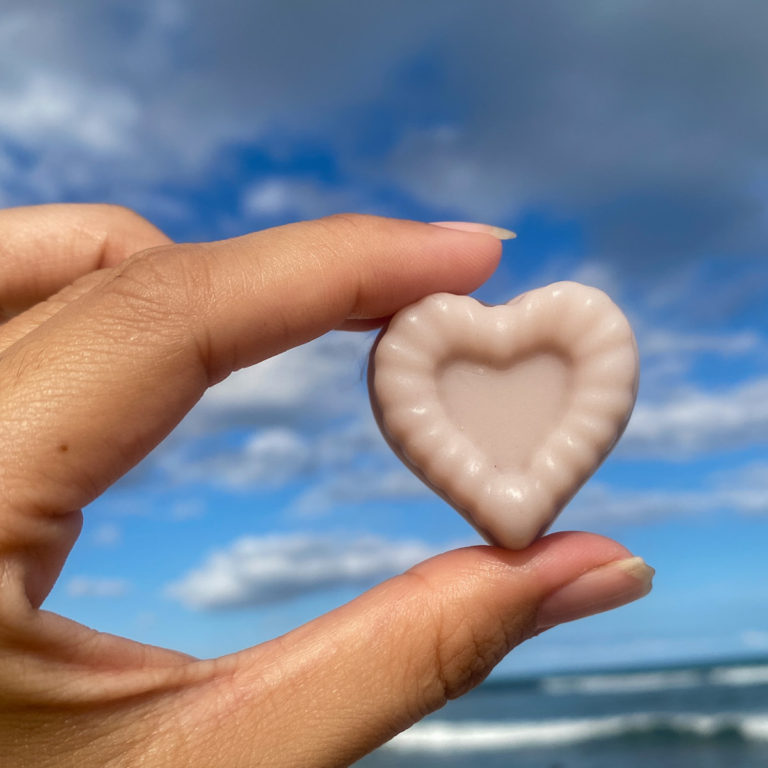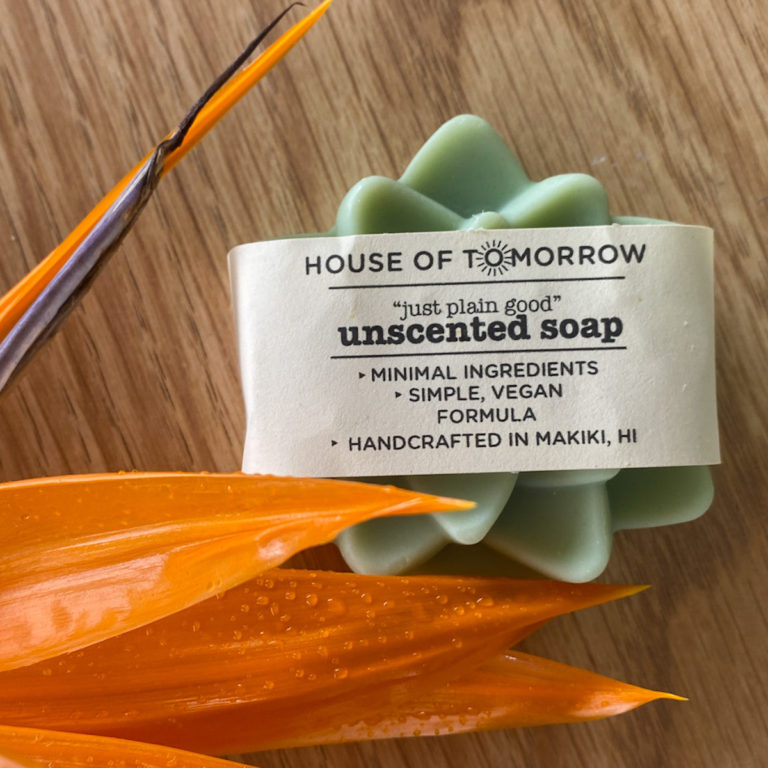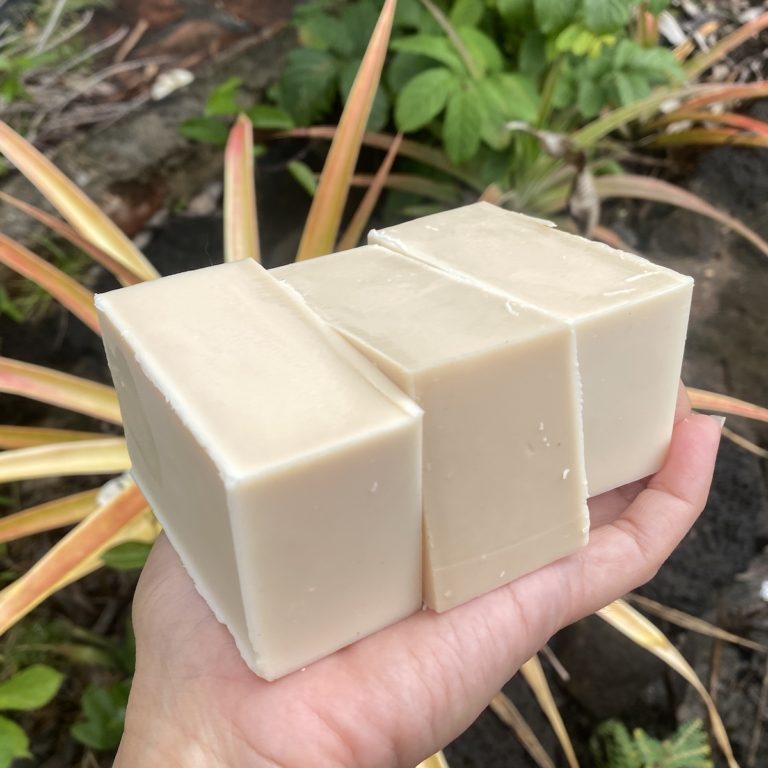Seven Reasons Why Homemade Soap Is Better Than Store-Bought
Soap-making is a nearly 5,000-year-old art that originated in Mesopotamia with the Babylonians, in a vat of animal fat, water, and wood ashes. From its origins as a product used for washing textile fibers, soap took a meandering course through millennia before arriving at its modern status as a human hygiene essential.
Homemade soap is better than store-bought because it is actually soap. Many store-bought soaps are technically detergents that often contain chemical additives and fragrance and lack the skin-hydrating glycerin, natural botanicals, and oils contained in bar soaps made by dedicated, local artisans.
If you are curious about why you should forego commercially manufactured soap products, read on to see why handcrafted soaps should be on the top of your shopping list.
It Is Actually Soap
If you have been to your local farmer’s market, you have probably seen a soap stand or two brimming with colorful bars embedded with herbs and flowers. Or you may have seen your local soaper cutting a large block of soap, or soap loaf, into custom-sized bars. You may have been tempted but wondered what was so special about handmade soap.
One thing that makes homemade soap special is that it is, in fact, soap. If this seems startling, you’re not alone. But what is soap? The answer may not be obvious because what we colloquially call “soap” is not, technically, soap; it is detergent.
Homemade Soap
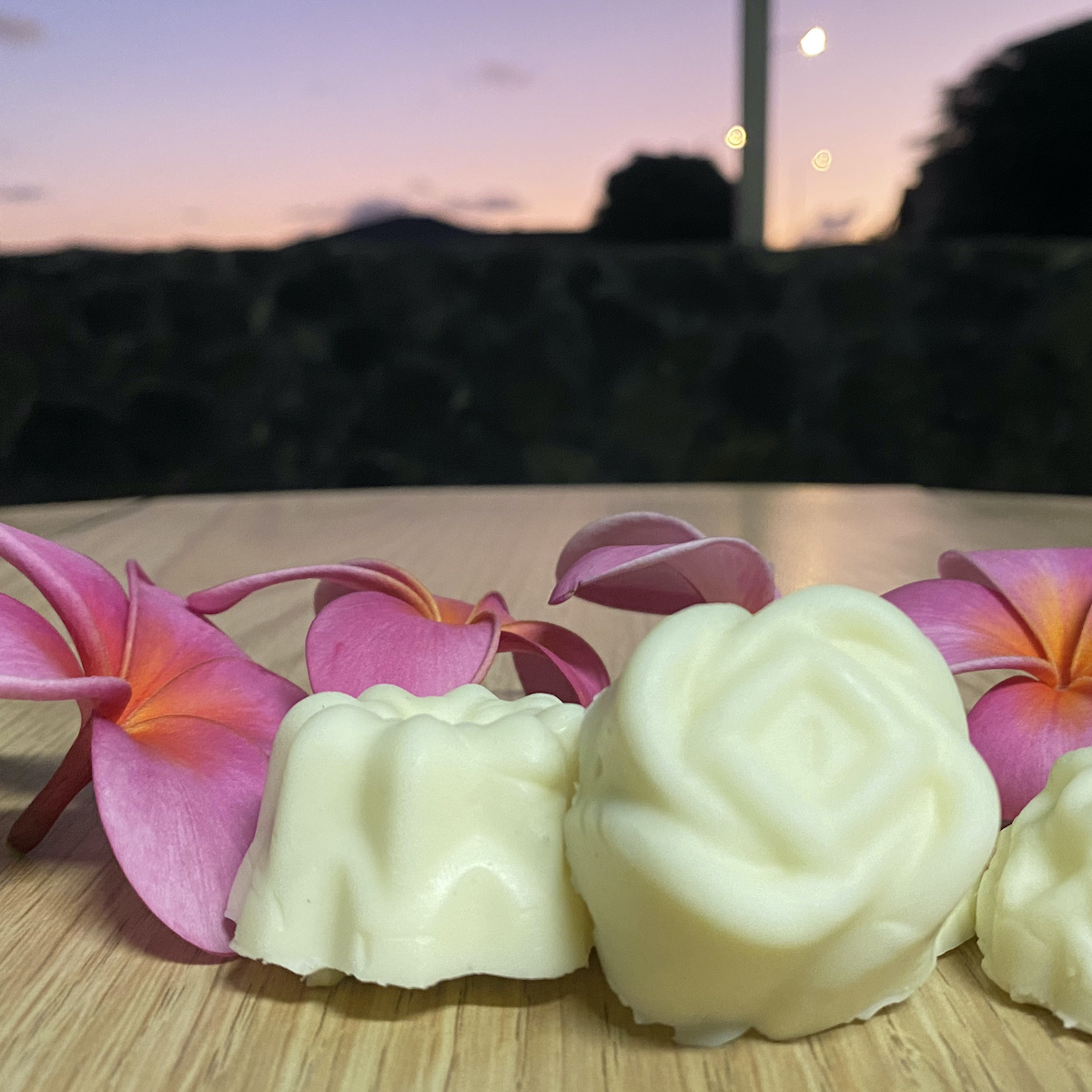
In simple terms, soap is made by combining plant or animal fat with a base that dissolves in water. Originally, the base was made from wood ashes soaked in water but, today, sodium hydroxide, also known as lye, is most often used to make homemade soap bars. The process of combining these ingredients into soap is known as saponification.
Most modern soapers make homemade soap by mixing vegetable oils with lye and water, to which they may add colorants, essential oils, and exfoliants. The mixture is then poured into molds and cooled or mixed over a heat source to saponify.
Store-Bought Soap
Most mass-produced cleansing “soaps” found in stores are technically detergents made with foaming agents, synthetic ingredients, and artificial coloring and fragrance.
These detergent products that we colloquially call soap are known in the industry as “syndets,” or synthetic detergents. Some syndets have no soap, and others are combination bars that usually have only minimal amounts of real soap. Often marketed as “beauty bars” and “cleansing bars,” their ingredient lists are filled with chemicals. In short, they’re not true soap.
The Glycerin in Homemade Soap Is Good for Your Skin
Glycerin, which is derived from vegetable oils and animal fats, is a natural byproduct of saponification. Glycerin can help skin maintain hydration by preserving its natural moisture.
The glycerin in homemade soap is retained in the bar and released each time you use your soap. However, much or all of the glycerin in most mass-produced “soap” is extracted from the final product for use in other products.
It Cleans Effectively and Is Gentler on the Environment
Homemade soap cleans just as well as synthetic detergents. Both soap and syndets are surfactants. A surfactant or “surface-active agent” is a molecule; one part of the molecule bonds with organic material, and another is attracted to water. When you wash your hands or body, the surfactants in soap and syndet bars both lift dirt and oils and wash them away.
However, homemade soap generally uses minimal or no packaging and no artificial dyes or perfumes. In contrast, the packaging materials used for mass-produced syndets and some chemical ingredients can negatively impact the environment.
Homemade Soap Nourishes
Homemade soap is formulated to meet different needs to nourish different types of skin and bathing routines.
One of the main variants of homemade soap is the type and quantity of oil in each recipe. Different oils bring different qualities to homemade soap, from more moisture to anti-aging vitamins, and other oils can give soap properties like more sudsing or greater firmness.
Commercially produced soaps often add synthetic ingredients to achieve the same effects as soap, such as add moisture, generate foaming, or preserve oils in the product.
Homemade Soap Is Gentle
Homemade soaps are gentle. Although lye, which is caustic, is used to craft homemade soap, all the lye is consumed in the process of saponification. Once the soap is saponified, no lye remains, so when you use the finished soap bar, it will gently clean and hydrate your skin.
Natural homemade soap should be colored with natural ingredients, scented with essential oils, and may incorporate herbs, seeds, or other natural products as exfoliants. Although the word “natural” on soap products is not expressly regulated, the Federal Trade Commission has indicated that products marketed as “natural” to consumers should not contain any synthetic ingredients and has sanctioned companies that do not comply.
You may want to confirm that your homemade soap contains only natural ingredients and will be gentle on your skin.
Homemade Soap Can Be Customized
Each bar of homemade soap Is as unique as the person who makes it and can be formulated for the customer who will use it.
While a search online for homemade soap online generates thousands of results, most people can find homemade soap locally, at farmer’s markets, craft fairs, and local stores, likely made with locally sourced ingredients.
Homemade soaps can be superfatted to add oil, made with cocoa and shea butter, include milk or honey, be scented with dried citrus, green tea, and adorned with colors, integrate flowers, and sparkle with minerals.
Meeting a local artisan and talking to them about their products will help you confirm the product does not use artificial ingredients, select the best soap for you, and some local soapers may be able to customize soap for you to avoid certain allergens or to include your favorite essential oils or the best exfoliating ingredients for your skin type and needs.
You Can Make Homemade Soap
If you want to try your hand at making soap, you can start with some basic tools, many of which you already may have, such as measuring spoons, a large stainless steel pot, pyrex pitchers, whisks, rubber spatulas, measuring spoons, and spices or essential oils. You also may need to purchase some items, like safety goggles, a stick immersion blender, and a soap mold.
There are three processes you can use to craft your own soap. Perhaps the easiest option is the melt and pour process, using pre-made soap. The two other soap making techniques, the cold process, and the hot process, each require using lye, which needs to be handled safely.
You can get a feel for the art and craft of each soap making technique through online tutorials, such as the 21 beginner recipes compiled here. If you are wondering about setting up your own business venture, you may be entering a crowded field of artisans who also make shampoo bars, lip balms, lotions, shower gels, effervescent bath bombs, and scrubs.
Conclusion
We have compiled some of the top reasons why homemade soaps are better than store-bought. You may have your own reasons to add to the list once you start using handmade soap. Homemade soap makers use different formulations of ingredients for specific purposes, whether aromas to help you unwind, natural exfoliants, or extra moisture.
Whether you are looking for a basic bar or something special, your soap maker can guide you to the right formulation or may even customize a bar for you.

